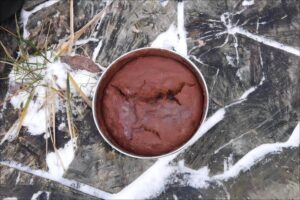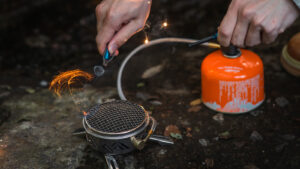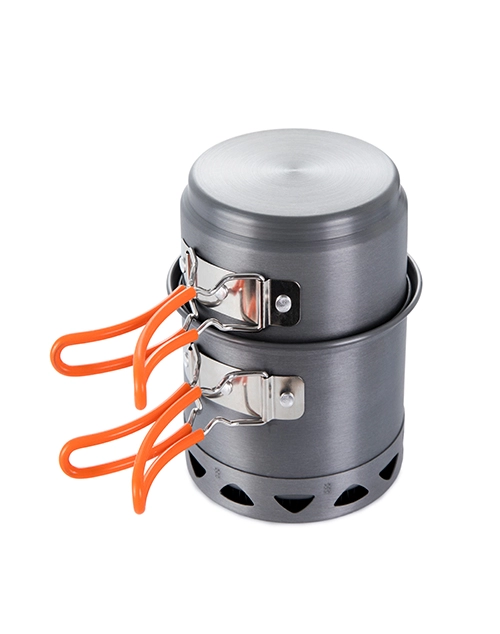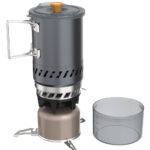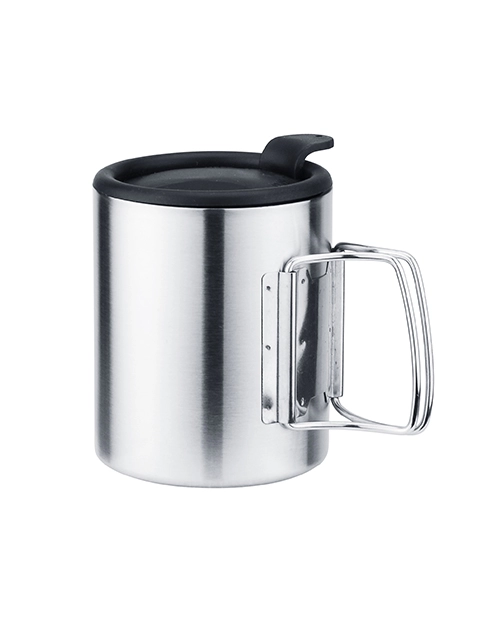
The woods may be unexpected, as can the weather. Damp circumstances are ideal growing grounds for mold, particularly on camping chairs. Mold is more than just an unattractive annoyance; it’s a quiet destroyer that can jeopardize the integrity of your equipment. Furthermore, it might induce allergies and respiratory problems.
As a result, keeping your camping chairs clean and mold-free is important for both the longevity of your equipment and your own health. Prioritize hygiene for a wonderful camping experience!
What is Mold?
Mold is a sort of fungus that grows in warm, damp settings, silently conquering whatever surface it can adhere to, even your favourite camping chairs. These invaders, which frequently show as discoloured patches, may deteriorate the material of your chairs over time, weakening the fabric and shortening its lifespan. Furthermore, mold can leave stains on your gear, detracting from the enjoyment of your camping trip.
Signs of Mold on Camping Chairs
The first step in dealing with mold is to understand what to look for. Mold generally appears as discoloured spots in tones of green, black, white, or orange. It may also have a fuzzy look, depending on the kind. The musty, earthy odor is a dead giveaway. If you see these indicators on your camping chair, it’s time to clean it.
Mold’s Favorite Hideouts on Outdoor Gears
Mold is a sneaky intruder that may establish itself in unexpected locations on your outdoor gear. It usually prefers regions that stay moist for a longer period, such as behind seams, folds, or cracks in your camping chair. However, it may occur anywhere there is dampness. Keeping a watch out for these possible hotspots might help you keep one step ahead in the mold fight.
Mold removal from camping chairs is critical not only for maintaining their beauty and longevity but also for your health, since mold may cause allergic responses and respiratory difficulties. Here’s a step-by-step way to successfully remove mold from your camping chairs.
Step 1: Gather Your Materials
Before you begin, make sure you have the following items:
- Protective gloves
- Face mask
- Spray bottle
- White vinegar or a mixture of mild soap and water
- Baking soda (optional)
- Soft-bristled brush or sponge
- Clean cloth or towel
- Bucket
- Water for rinsing
Step 2: Choose a Suitable Cleaning Area
Take your camping chairs outside to a place where you can work without spreading mold spores throughout your home or yard. A well-ventilated and sunny location is ideal since sunlight helps to destroy mold spores.
Step 3: Protect Yourself
To avoid inhaling mold spores, wear protective gloves and a face mask.
Step 4: Dry Out the Chairs
If your camping chairs are wet, let them dry out in full sunshine if possible. Mold flourishes in damp environments, so start with a dry surface.
Step 5: Brush Off Loose Mold
To remove any loose mold particles from the chair’s fabric and frame, use a dry, soft-bristled brush. Do this lightly to prevent harming the material. Dispose of the mold particles properly.
Step 6: Apply the Cleaning Solution
Fill your spray bottle with white vinegar, a natural mold killer, or add a small quantity of mild soap to the water. Spray the solution liberally over the moldy portions of the chair.
Step 7: Scrub the Mold Away
Using a brush or sponge, carefully scrape the moldy areas to lift and remove the mold from the chair’s fabric. To remove harsher mold stains, mix a paste of baking soda and water, apply it to the stain, and let it remain for a few minutes before scrubbing.
Step 8: Rinse the Chairs
Rinse the chairs well with clean water to get rid of any residual cleaning solution and mold. This step can be completed with either a bucket or a hose.
Step 9: Dry the Chairs
Wipe the chairs with a clean cloth or towel and allow them to dry thoroughly in the sun. Make sure no moisture remains, since this might lead to the mold returning.
Step 10: Prevent Future Mold Growth
When your camping chairs are not in use, store them in a dry, well-ventilated place to keep mildew at bay. Before packaging them up, ensure that they are thoroughly dry.
Post-Cleaning Care and Maintenance
- Effective Drying Techniques for Cleaned Camping Chairs
After thoroughly cleaning your camping chair, the next crucial step is to dry it. Leave the chair in an open, well-ventilated location, preferably in direct sunshine. Ensuring that your chair dries completely help to prevent mildew from returning, allowing you to enjoy many more outdoor outings.
- Regular Maintenance Routines for Durable Camping Chairs.
Regular maintenance is the key to increasing the lifespan of your camping chairs. This includes prompt cleanups following each trip, regular checks for mold, and rapid action when mold is discovered. It may appear to be a lot of work, but caring after your gear will pay you in the form of several wonderful camping trips.
FAQs:
1. How often should I clean my camping chair?
- Answer: You should clean your camping chair after each camping trip or at least once every few months if it’s used regularly. This helps prevent dirt buildup, stains, and mold growth, ensuring the chair stays in good condition.
2. Can I wash my camping chair in a washing machine?
- Answer: No, it is not recommended to wash a camping chair in a washing machine. The fabric and the frame of the chair can be damaged by the machine’s agitation and spinning. Instead, you should hand wash the fabric with mild soap and water and let it air dry.
3. Which camping chair fabric is the most resistant to mildew?
- Answer: Polyester and nylon are the most mildew-resistant fabrics for camping chairs. They dry quickly and are less likely to retain moisture, which helps prevent the growth of mold and mildew.
4. Can I use commercial mold removers on my camping chair?
- Answer: Yes, you can use commercial mold removers on your camping chair, but be sure to follow the manufacturer’s instructions. Test the product on a small, inconspicuous area first to ensure it doesn’t damage the fabric or cause discoloration. After treating the chair, rinse it thoroughly and let it dry completely before storing.
Conclusion
A clean, mold-free camping chair is more than just aesthetically pleasing; it represents a memorable and hassle-free outdoor experience. Furthermore, it might save you a significant amount of money and effort in the long term. This tutorial will help you through the process of recognizing, removing, and avoiding mold on your camping chairs. We’ve covered a lot of territory, from knowing the dangers of mold on camping equipment to learning a step-by-step mold removal and post-cleaning procedure. Let’s not overlook the need for frequent maintenance and good storage. This is a weapon in your battle against mold.
Top Most Comfortable Camping Chairs of 2024
ODM service
Looking for reliable wholesale outdoor equipment? At Deermaple, we specialize in ODM service, offering high-quality, innovative outdoor gear tailored to your needs.
If you are interested in outdoor gear wholesale, please contact us.

